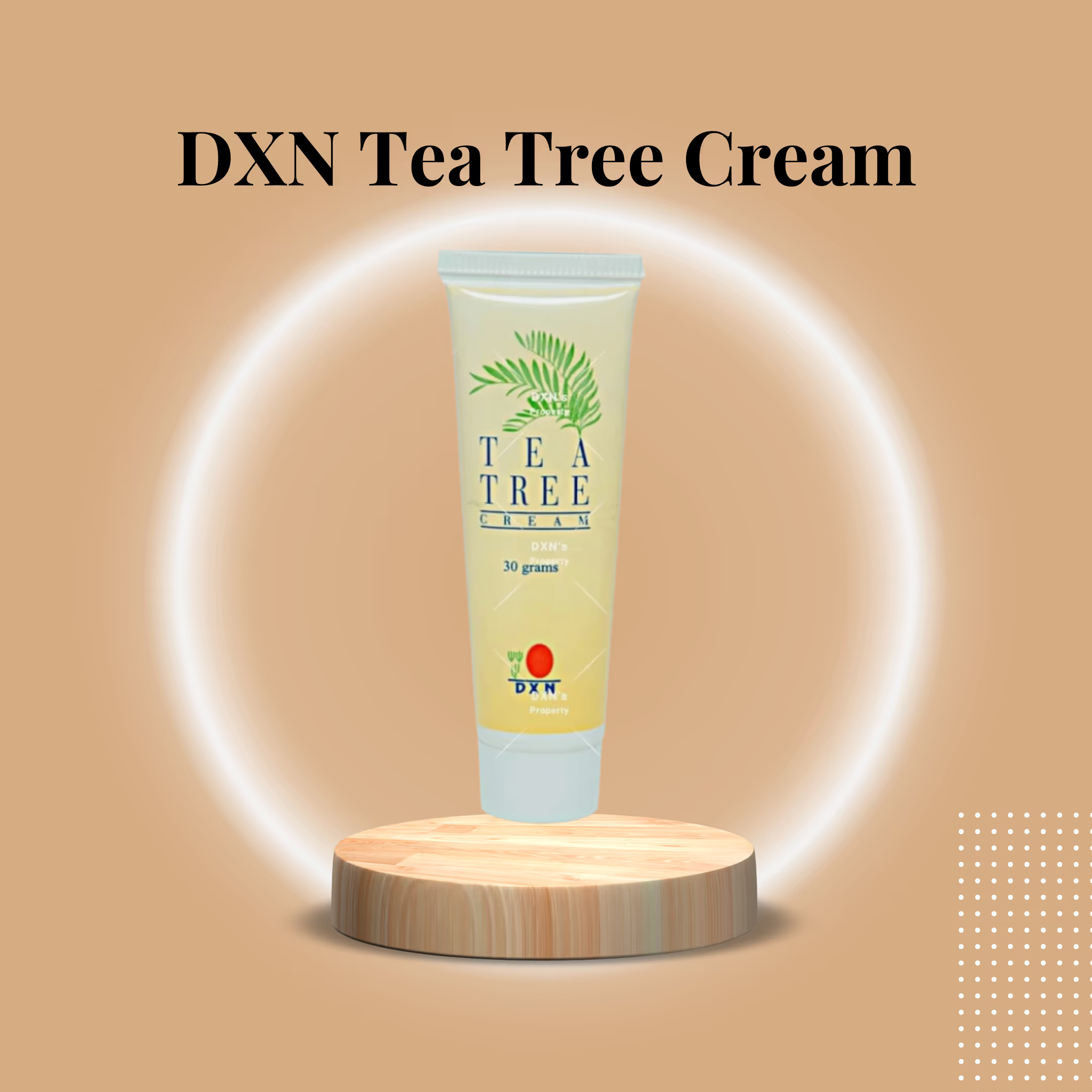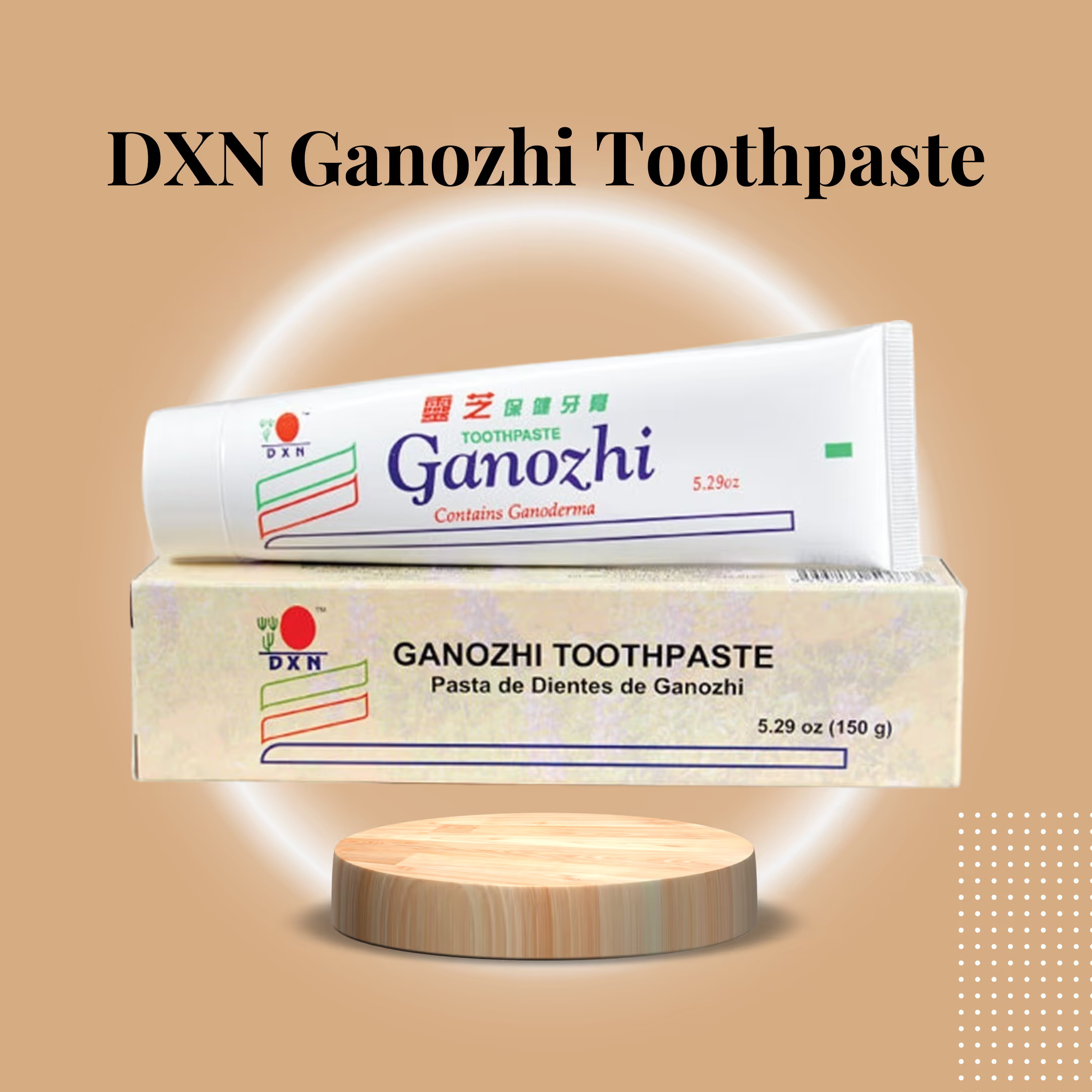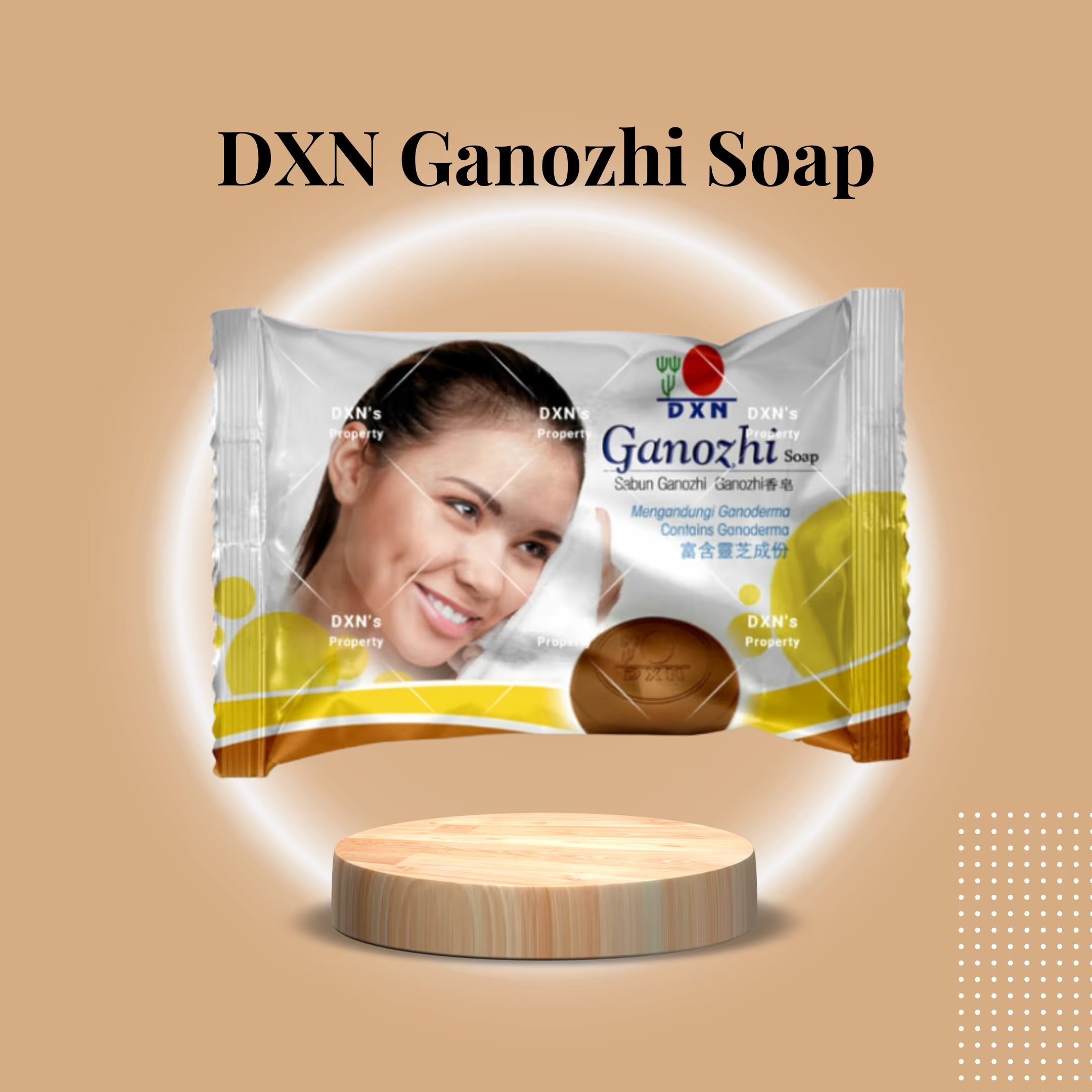1. From tradition to today: what is Red Yeast Rice?
Red Yeast Rice is the product of fermenting rice with the fungus Monascus purpureus. For centuries in East Asia, it has been used both as a culinary coloring agent and as a medicinal food. Traditional practitioners valued it for its benefits to digestion, circulation, and overall vitality. Modern science has identified a suite of bioactive molecules produced during fermentation — notably a group called monacolins, among which monacolin K has garnered the most attention due to its effects on cholesterol metabolism.
Unlike single-molecule drugs, red yeast rice is a biological matrix: it carries monacolins alongside fatty acids, sterols, pigments, and antioxidants generated during fermentation. This complexity underpins both the appeal and the regulatory challenges of the ingredient: it is powerful, but its potency can vary dramatically across unstandardized products.
2. How fermentation transforms rice into a nutraceutical
The transformation starts with carefully selected rice and a controlled culture of Monascus purpureus. Under the right temperature and humidity, the fungus metabolizes rice carbohydrates and produces a palette of secondary metabolites — the monacolins and others that contribute to the supplement’s effects.
This process yields:
- Monacolins (including monacolin K) — compounds that interfere with cholesterol synthesis.
- Unsaturated fatty acids and sterols — supportive lipids that contribute to a favorable cardiovascular profile.
- Antioxidant pigments — molecules that help counter oxidative stress.
- Polysaccharides and other minor constituents, which may modulate immune and metabolic responses.
The finished product is not a synthetic mimic of pharmaceutical agents but a complex, fermented food that can deliver pharmacologically relevant activity when standardized.
3. Monacolin K: the pharmacology explained
Monacolin K is chemically identical to lovastatin — the active ingredient in a class of cholesterol-lowering drugs known as statins. Both work by inhibiting HMG-CoA reductase, the enzyme that catalyzes the rate-limiting step in the production of hepatic cholesterol. By reducing endogenous cholesterol synthesis, monacolin K lowers circulating levels of LDL (low-density lipoprotein) and total cholesterol.
Key points about monacolin K:
- Mechanism: Competitive inhibition of HMG-CoA reductase reduces hepatic cholesterol output, prompting the liver to clear more LDL from circulation.
- Effect size: Standardized red yeast rice preparations have been shown in clinical trials and meta-analyses to reduce LDL levels meaningfully (commonly reported ranges are in the ballpark of low-dose statin effects).
- Pharmacological identity: Because monacolin K is structurally the same as lovastatin, the supplement exerts statin-like biological activity — with similar mechanisms and potential side-effect profiles if dosed beyond safe limits or if combined incorrectly with medications.
This pharmacological overlap explains why standardization and clinical-minded manufacturing are essential for safety and predictable efficacy.
4. Why standardization matters: variability and risk in the RYR marketplace
A major challenge with red yeast rice supplements is inconsistent monacolin content. Independent testing of commercially available products has revealed significant variation — some contain negligible monacolin K, while others contain substantial amounts. Such unreliability creates two main risks:
- Ineffectiveness when monacolin content is too low to influence lipid markers.
- Safety hazards may occur when the content is unintentionally high or when the product contains contaminants, such as citrinin, a nephrotoxic mycotoxin that can form during fermentation under poor conditions.
A standardized product addresses these issues by guaranteeing a consistent, clinically relevant monacolin dose per serving and by utilizing validated processes to eliminate or maintain citrinin at levels well below harmful thresholds. DXN emphasizes this standardization, aiming to deliver predictable therapeutic results while minimizing adverse risks.
5. Citrinin: the mycotoxin concern and how DXN tackles it
Citrinin is a toxic secondary metabolite that certain Monascus strains can produce if fermentation is not carefully controlled. It poses a particular threat to the kidneys and must be monitored stringently.
DXN’s approach to reducing citrinin risk includes:
- Strain selection: Using Monascus strains known not to produce citrinin or that produce it at negligible levels.
- Controlled fermentation: Optimizing growth parameters (temperature, humidity, substrate) to discourage mycotoxin formation.
- Rigorous testing: Multi-stage quality control with analytical assays to confirm citrinin levels are undetectable or within safe regulatory limits.
- GMP manufacturing: Following Good Manufacturing Practices to reduce contamination risk from harvest through encapsulation.
These steps are vital because the danger of citrinin is the single most cited safety concern that has hindered the reputation of red yeast rice products.
6. DXN Monascus formulation and composition
DXN’s Monascus Capsule typically features two principal components:
- Standardized Monascus purpureus extract — quantified to deliver a consistent amount of monacolins (including monacolin K).
- Fermented rice powder (full-spectrum matrix) — containing the natural cofactors: sterols, pigments, and other fermentation-derived molecules that may modulate the effect and tolerability.
This “full-spectrum” approach is purposefully designed. The idea is that the complex nutrient matrix can complement the monacolin action and may reduce side effects seen with isolated drugs, although clinical confirmation of that benefit relies on product-specific studies.
7. Health benefits: what the evidence supports
Standardized red yeast rice, when dosed appropriately, has demonstrated clinically meaningful effects:
7.1 Lipid-lowering
- LDL-C (bad cholesterol): Many trials report LDL reductions often ranging from roughly 15–25% with consistent, standardized dosing over 6–8 weeks.
- Total cholesterol: Parallel declines are usually observed.
- Non-HDL cholesterol and LDL:HDL ratio: Improvements in these secondary markers are commonly reported.
7.2 Triglyceride and comprehensive metabolic effects
- Effects on triglycerides vary but can be positive, particularly in individuals with metabolic syndrome features.
7.3 Vascular function
- Lowering atherogenic lipids results in improved endothelial function and arterial flexibility in some studies — important factors for reducing long-term cardiovascular risk.
7.4 Antioxidant and systemic support
- The fermented matrix contributes antioxidant pigments and other compounds that may support the reduction of oxidative stress and overall metabolic resilience.
While the results are encouraging, they are contingent upon product quality and dosing; unstandardized supplements may not yield the same findings.
8. Safety profile: balancing benefits and precautions
Because monacolin K is pharmacologically equivalent to lovastatin, several safety considerations apply:
8.1 Common mild side effects
- Gastrointestinal symptoms (nausea, heartburn, gas).
- Headache, dizziness.
- Rare reports of mild muscle discomfort.
8.2 Serious but uncommon risks
- Myopathy or rhabdomyolysis (rare) — muscular weakness accompanied by elevated creatine kinase levels.
- Hepatotoxicity — elevations in liver enzymes have been reported with statin-like compounds.
8.3 Important contraindications and precautions
- Do not combine with prescription statins without medical supervision — the additive effect can dramatically increase adverse risk.
- Pregnancy and breastfeeding: Avoid use due to potential effects on fetal development and lack of safety data.
- Pre-existing liver disease: Use only under the supervision of a healthcare professional.
- Drug interactions: Certain medications can alter monacolin metabolism (CYP450 interactions), thereby increasing the risk of side effects.
8.4 Monitoring recommendations
- Baseline and periodic liver function tests (LFTs) and lipid panels are prudent for people on long-term supplementation.
- Report muscle pain, dark urine or jaundice immediately.
DXN emphasizes that responsible use and physician consultation are essential, particularly for individuals already taking cholesterol-lowering therapies or those with pre-existing health conditions.
9. Dosing and responsible usage
Clinical studies often used daily monacolin K doses in the low milligram range. DXN’s standardized product is formulated to provide consumers with therapeutic activity through consistent daily intake, typically achieved by taking 1–2 capsules with meals. Exact dosing recommendations should be provided on the product label and aligned with medical advice.
Key guidance:
- Begin after consulting with a medical professional if you are taking other medications or have underlying health conditions.
- Take with food to reduce gastrointestinal discomfort.
- Consistency matters: measurable lipid improvements often appear after 6–8 weeks of continuous use.
- Lifestyle integration: Combine supplementation with a balanced diet, regular exercise, and effective weight management for optimal results.
10. Who stands to benefit most?
Individuals who may consider standardized Monascus supplements include:
- People with mildly to moderately elevated LDL-C who prefer a natural adjunct to lifestyle changes and are not currently on statin therapy.
- Those seeking an evidence-informed nutraceutical option under the guidance of a medical professional.
- Individuals seeking preventive cardiovascular strategies as part of a comprehensive wellness plan.
It is not a first-line replacement for prescription therapy when pharmacological LDL targets are urgently required, and it must be used with caution in high-risk populations or those on interacting medications.
11. Integrated approach: pairing Monascus with complementary nutrients
DXN proposes a layered wellness model, featuring Monascus as the targeted, liver-focused agent for cholesterol synthesis control, along with supportive supplements for systemic resilience. Examples include:
- Spirulina — rich in antioxidants and nutrients; supports metabolic and inflammatory balance.
- Cordypine / Cordyceps blends — aimed at energy and recovery, and may support nutrient absorption.
This multifaceted approach aims to tackle both the biochemical driver (cholesterol production) and the systemic conditions (oxidative stress, inflammation, metabolic imbalance) that contribute to cardiovascular risk.
12. Manufacturing integrity: GMP and beyond
Quality is non-negotiable. DXN’s production model emphasizes:
- GMP-certified facilities for sanitary, traceable manufacture.
- Validated fermentation protocols and strain control to ensure monacolin yield and citrinin absence.
- Batch testing for active monacolin content and contaminants (including citrinin, heavy metals, microbial loads).
- Transparent labeling allows consumers and healthcare professionals to rely on consistent dosing.
These steps transform an ancient fermented food into a modern, reliable nutraceutical.
13. Interpreting the research: what clinical studies show
Meta-analyses and randomized controlled trials have repeatedly found that high-quality, standardized red yeast rice preparations can:
- Reduce LDL-C and TC in the timeframe of weeks to months.
- Improve composite risk markers when combined with a healthy diet and regular exercise.
- Produce lipid benefits comparable to low-dose statin therapy in some settings.
However, heterogeneity across studies — often due to non-standardized products — means the high-quality evidence applies only to rigorously controlled formulations that ensure specific monacolin doses and citrinin-free status.
14. Real-world outcomes and user experiences
Practitioner and user reports commonly note:
- Objective changes: improved lipid panels on follow-up blood tests.
- Subjective improvements: increased energy, better circulation, and a sense of metabolic balance (often reported by users combining Monascus with other supportive supplements and lifestyle changes).
- Satisfaction linked to quality: users who switch to standardized products tend to report more reliable results and fewer adverse effects than those using low-quality, unstandardized RYR.
.avif)





